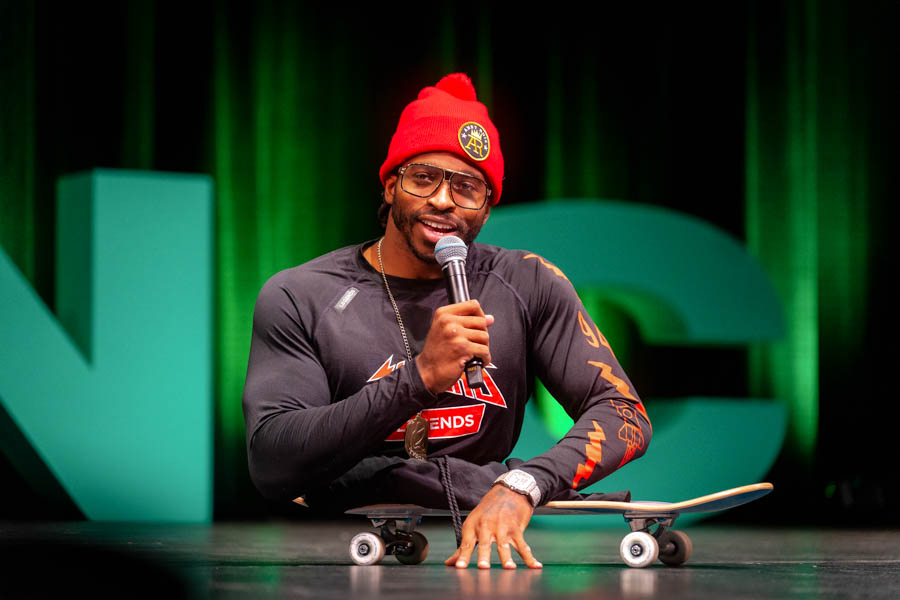The innovative, magical day that is PINC (People, Ideas, Nature, Community) returned to the open arms of the Sarasota Opera House on December 7 after a three-year hiatus. With 12 inspiring speakers, extremely enthusiastic attendees, and many partners and volunteers, the event–an initiative of DreamLarge and presented by All Star Children’s Foundation and Ringling College of Art and Design–lived up to its promise of being the most transformative day in Sarasota. It captured the electrifying energy and the heart that defines our remarkable community.
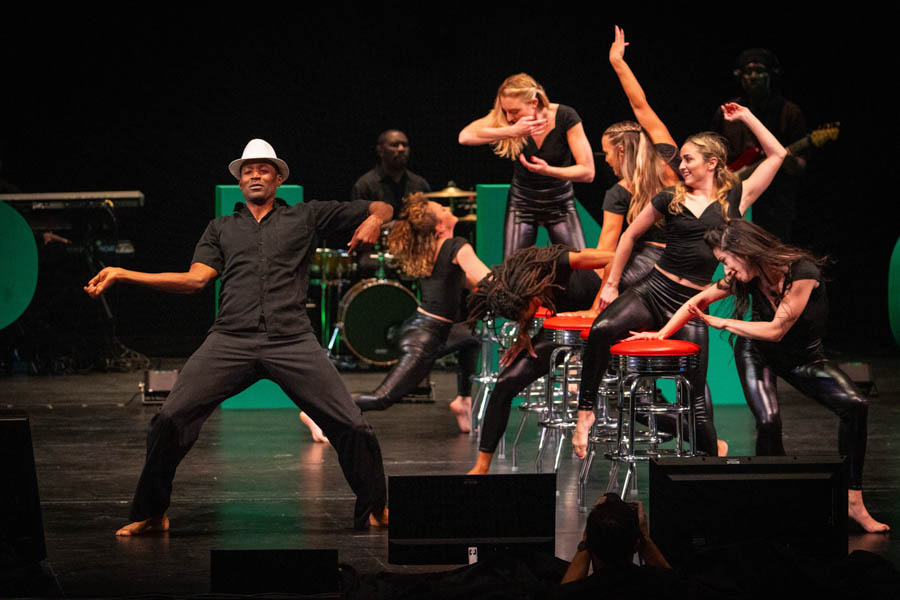
The event featured a climate change activist who has walked to both the North and South Poles; a clown who has brought smiles to children in orphanages, hospitals and refugee camps; and a former foster care child, advocating for the rights of children in the system. The common theme in this year’s experience seemed to revolve around community and making the world a better place for children.
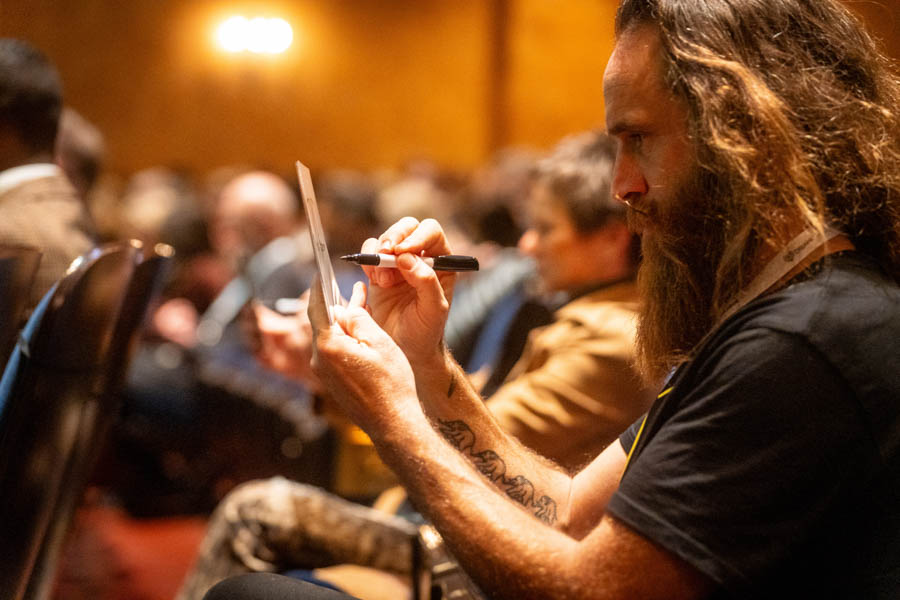
DreamLarge Founder Anand Pallegar opened the event by saying, “Our singular objective is that you leave today looking at the world differently than when you came in.” And, from the sound of applause, the amount of standing ovations and the collaborative conversation during breaks, it would seem the objective was met. “I think this is an incredible testament to this community and their willingness to support our mission once again,” he said, adding that the amazing day would not have been possible without the efforts of his incredible DreamTeam.
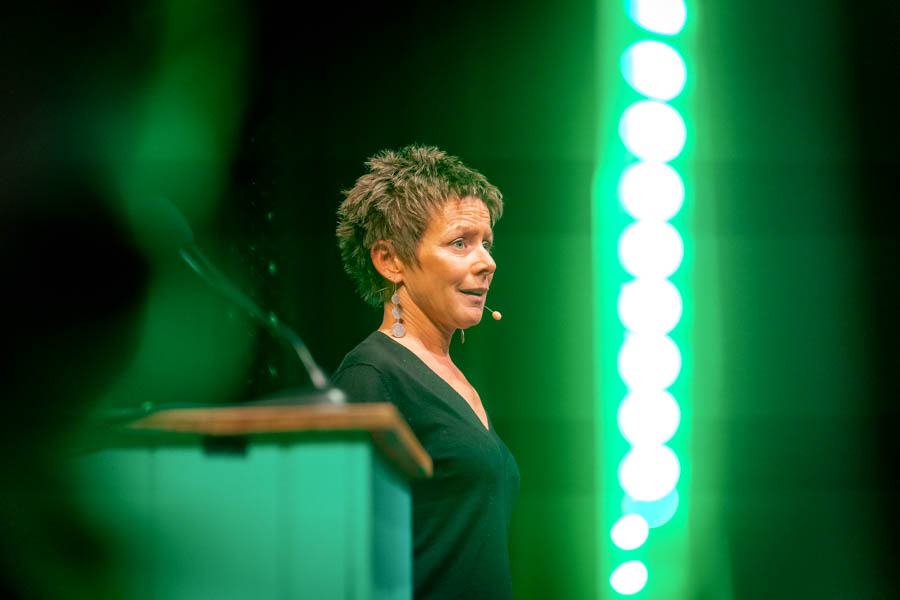
A special treat between speakers came from All Star Children’s Foundation’s chief development officer and very accomplished pianist, Stephen Fancher. He broke the audience into three groups of choirs to perform together on his arrangement of Blackbird, showing how beautiful things can happen when people come together and work as one. Students from Ringling College of Art and Design were recognized for their outstanding collaboration on the experience. And four Pine View middle school students, whose experiment traveled to outer space, took the stage to answer questions from Camille Bergin (better known as The Galactic Gal) about STEAM and space exploration.
The day was full of uplifting messages, with one of the most inspirational ones coming from speaker Zion Clark–a professional, record-breaking wrestler born without legs: “You don’t need legs to leave your footprint on the world.”
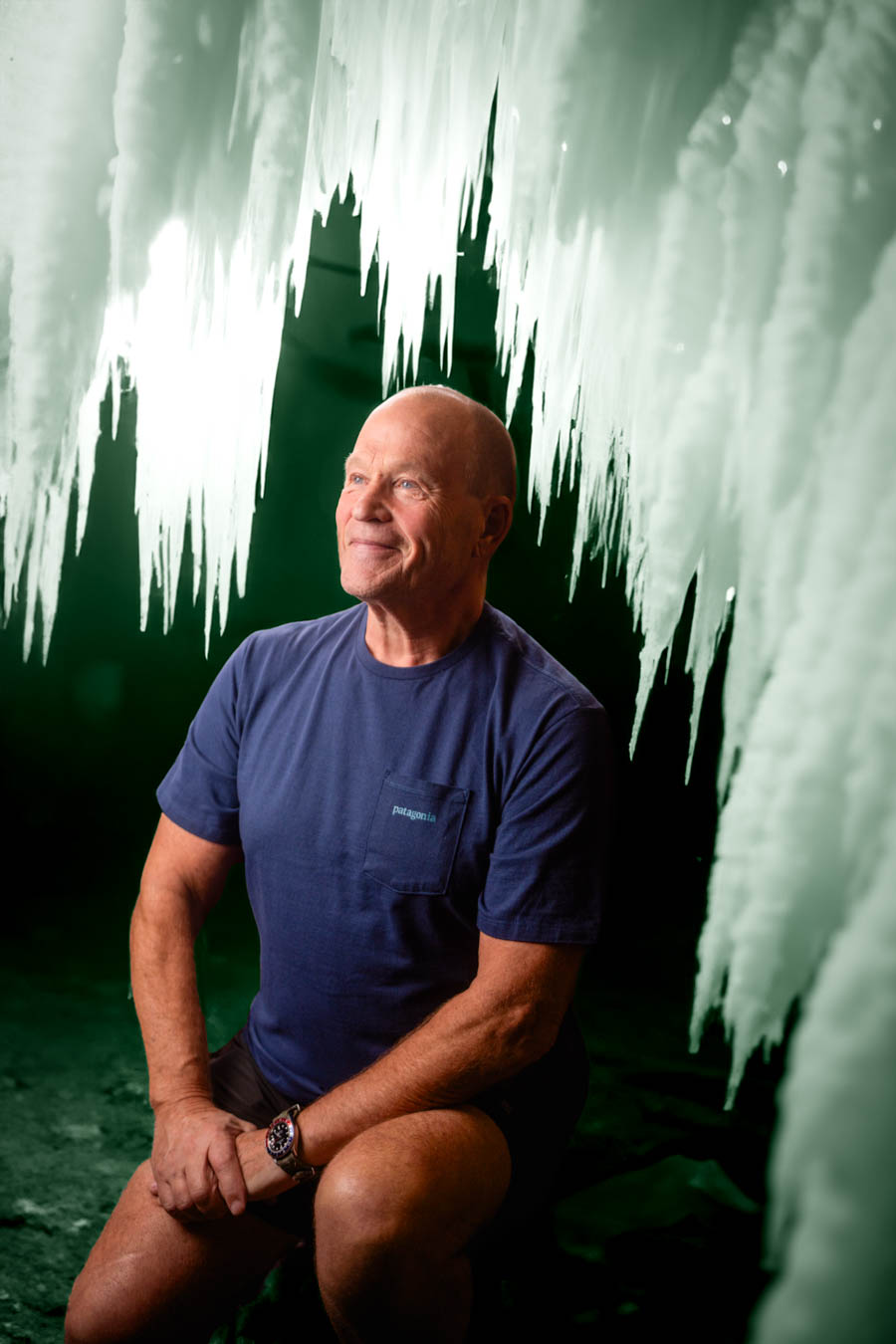
Sir Robert Swan
Arctic Adventurer & Founder of 2041 Foundation
“We’re talking about survival.”
As the first person in history to walk to both the North and South poles, Sir Robert Swan knows a thing or two about toughing it out and staying the course. But, as the founder of the 2041 Foundation, an organization dedicated to tackling climate change today, he’s calling for a radical change of direction. “The last great exploration on Earth is how to survive,” he says. “And we’re not going to survive in the same way we are now.” A longtime environmentalist working to preserve the glaciers of Antarctica, Swan has been in the “raising awareness” game long enough to see that the problem isn’t lack of awareness. “But, for some reason, people believe they can continue to do the same things,” he says, “as if, by magic, everything is going to change. But, if you do the same, you get the same. And what we have right now is not working.” So these days, Swan focuses on solutions, not problems. “I’m in the hope business,” he says. Doom leads to depression, and criticism turns people off; the planet needs neither right now. “You have to be inspirational and offer solutions,” Swan says, which is why 2041 engages with schools around the world, facilitating research projects and spurring the next generation of environmentalists to tackle the problem of a lifetime. And it’s their energy that gives him hope for the future, despite what he has seen from his own generation. “If you’re dumb enough to be the first person to walk to both poles, which I am, you learn to take it on the chin and be positive in a negative situation,” he says.
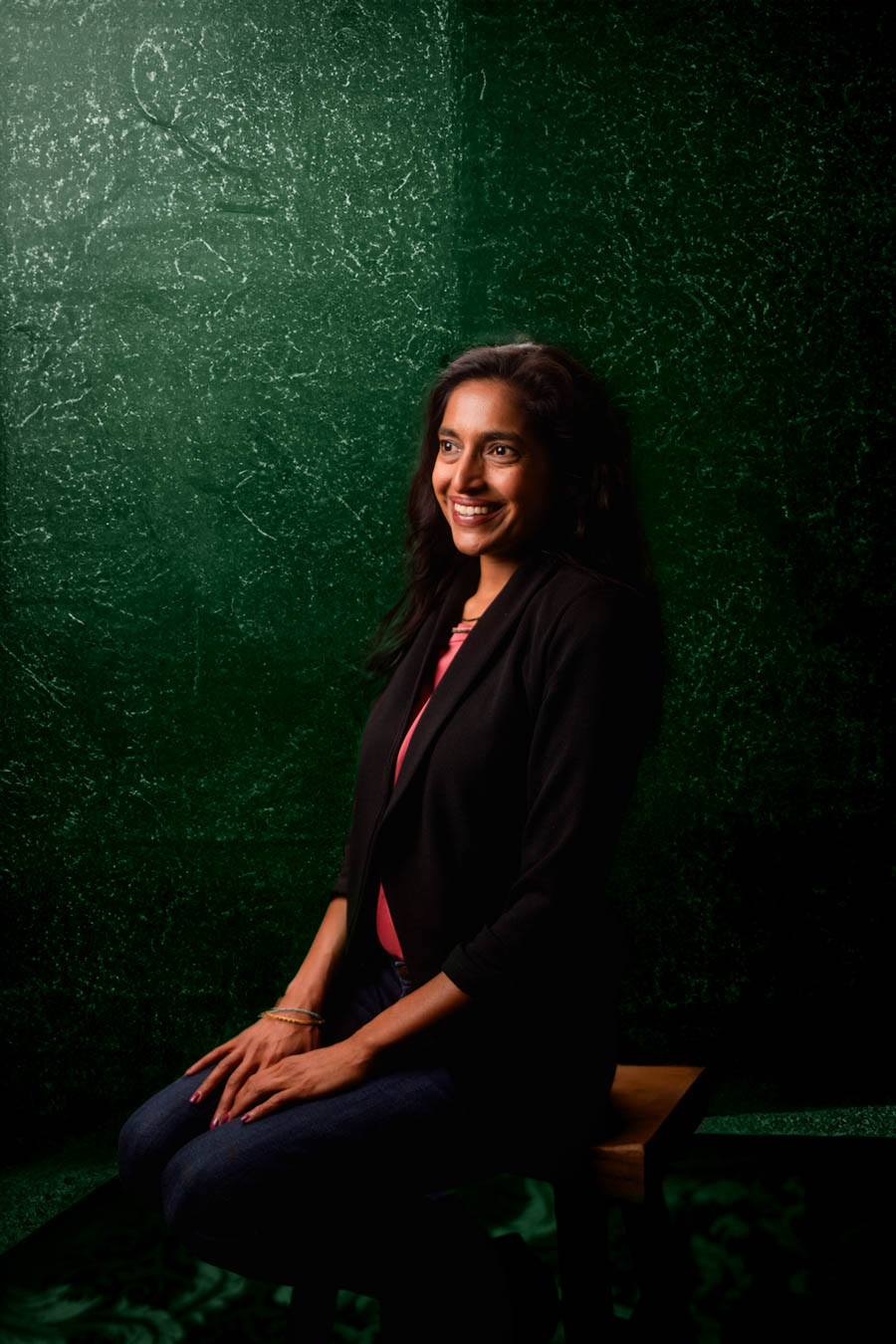
Reema Datta
Yoga Innovator & Holistic Healer
“Peace is possible, but it has to start inside.”
Lately, Reema Datta has had peace on her mind, which is not to say she has necessarily had peace of mind. Instead, looking through humanity’s history of bloodshed and barbarism, she has been wondering if peace is even possible. “There’s violence in the world because there’s violence in our lives,” she says. And, as an international yoga instructor, Datta has been traveling the world, helping others to cultivate the inner peace necessary to promote outward peace. Datta was born into a family of yogis, so yoga had always been part of her life and something she would practice after work or at home on the weekends. But it wasn’t until the terrorist attacks of 9/11 that she left her work in international relations and started studying and teaching yoga full-time. In her practice today, she strives to re-emphasize the spiritual aspect of the discipline in a world where the physical benefits can sometimes take center stage. And, at a time when YouTube yogis make it possible to practice in isolation, Datta stresses the importance of yoga as a communal activity (as was traditional). But, however one practices—and whether it’s yoga or some other form of meditation or mindfulness—Datta’s dream remains the same. “I hope people realize how powerful it is to change your thoughts,” she says. “Our thoughts are like seeds that can grow into trees.”
Rob Scheer
Founder of Comfort Cases
“I took my pain and made it into my passion.”
When he was just 12 years old, Rob Scheer entered the foster system—everything he owned in the standard-issue trash bag that all foster kids are given to carry their meager belongings. When he left the foster system at age 18—thrown out of his foster home to complete his senior year of high school and living on the streets of Washington, D.C.—he was thrown out with his trash bag, too. And after Scheer graduated, joined the Navy, became a successful banker and married the love of his life, he adopted five children. They all carried trash bags, and it broke his heart. “We can do better,” he says. “We must do better.” Now retired from banking life, Scheer is the founder of Comfort Cases, a nonprofit dedicated to replacing those trash bags with backpacks turned into care packages —each filled with personal toiletries, pajamas, a stuffed animal, a blanket and a book. “I want them to know that, the moment they walk into the system because of a choice someone else made, we care about them,” says Scheer. And so far, Comfort Cases has helped more than 438,000 children in the foster system. “But there’s so much work left to be done,” Scheer says. “We can do better. We must do better.”
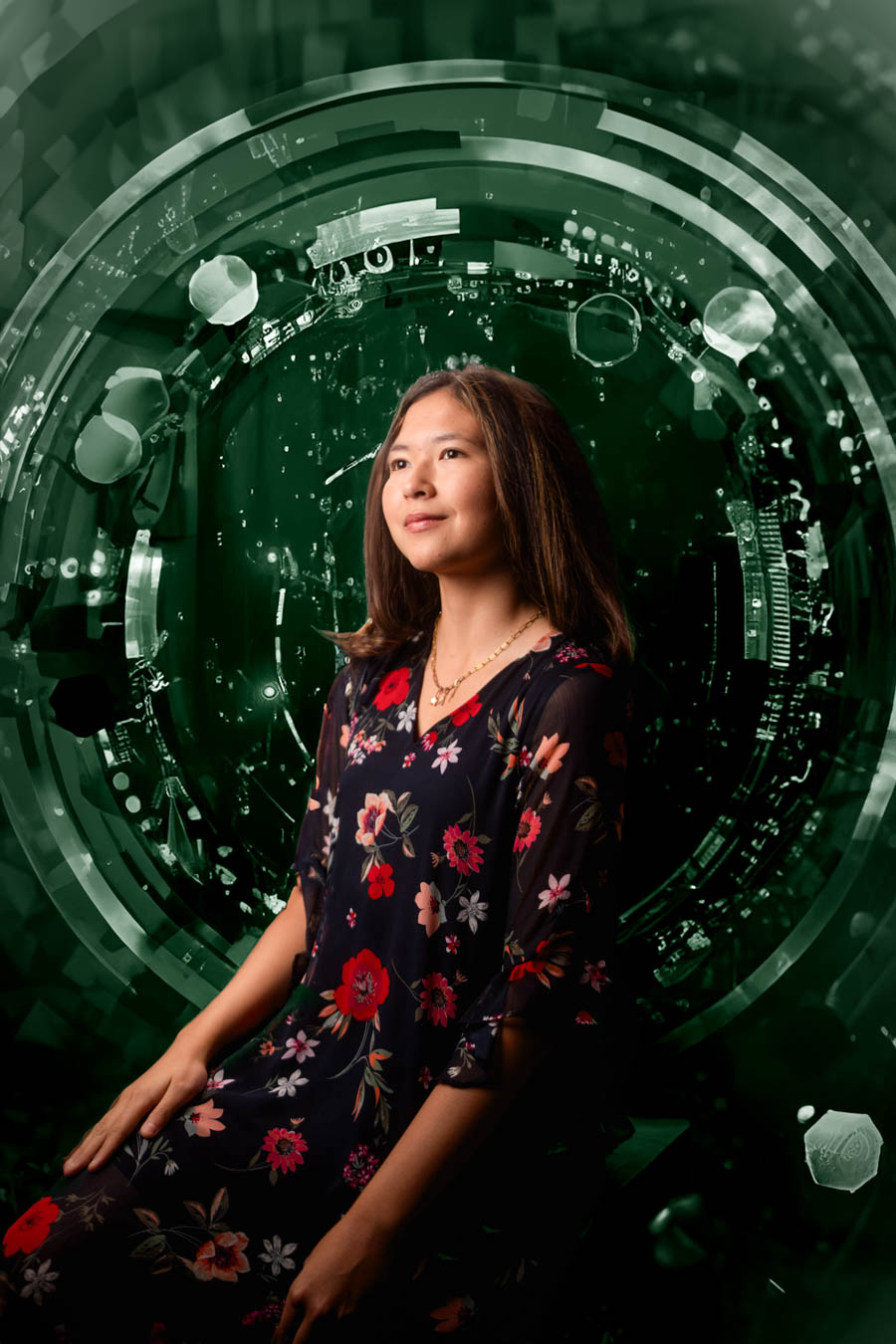
Angelina Tsuboi
Tech Innovator
“You always have the ability to make things better.”
At seven years old, Angelina Tsuboi made her first computer game. It was a simple maze simulation, but it made her parents light up with joy. She went on to teach herself 20 different programming languages, excelling in her online world of coding and web development just as she did in her academics. But despite all the apparent success, something inside the prodigious programmer felt empty—something she couldn’t quite put her finger on. “I was trying to find hope in the world,” Tsuboi says. And then she decided to make some herself. Call it drive, call it gumption, call it the audacity of youth, but Tsuboi’s realization that day was as simple as it was profound—that instead of dwelling on all the things she couldn’t change, she would instead focus her energies on those things she could actually affect. “I found local problems and used my skillset to solve those problems,” she says. And in doing so, she discovered that making the world a better place can start with local impact. Today, she is a NASA researcher and award-winning app developer, creating programs and apps that do everything from turn Apple Watches into tools for learning CPR to helping single parents keep track of housing resources and job opportunities. And now she finds herself in the position to have the global impact she once dreamed of, as her next project takes aim at enhancing the communication encryption protocols used by the satellite systems that people rely on every day. “You need to have the drive to recognize the darkness in the world and turn it into light,” she says. “You can’t let the world overwhelm you.”
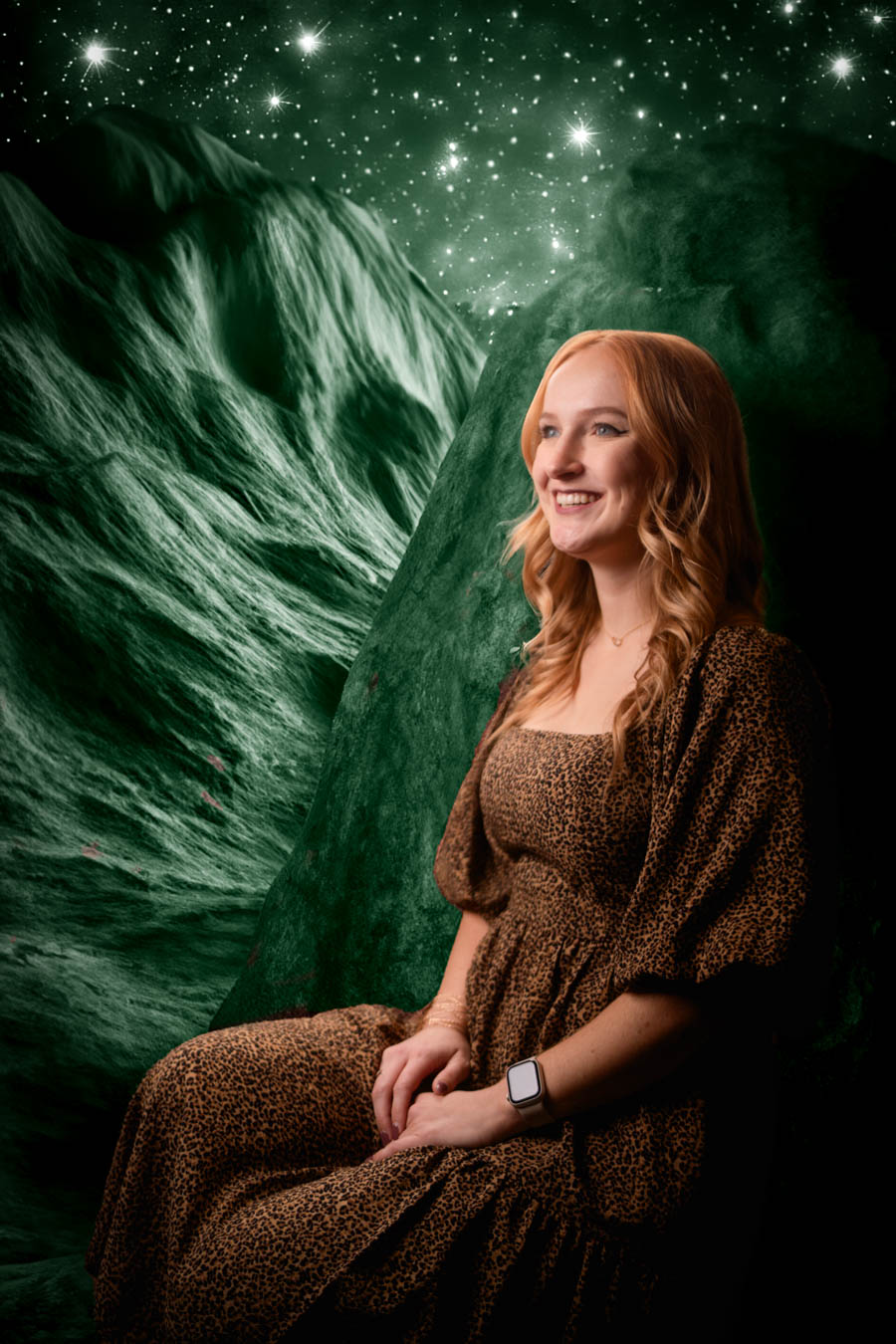
Joanne Tawfilis
Executive Director of Art Miles Mural Project
“All children should be safe and loved.”
In the horrible aftermath of the Bosnian War, Joanne Tawfilis found her calling. Working with the United Nations, she was sent to an embattled orphanage where she found Bosniak, Serbian and Croat children all together, despite the brutal conflict their parents had just fought. They wanted to paint. Finding nothing but bedsheets riddled with bullet holes, Tawfilis mended them with masking tape and white paint, creating a makeshift canvas for all of the children to work on together. And they did, first painting scenes of violence from memory, but eventually giving way to birds and flowers and a better tomorrow. “My life changed after that,” Tawfilis says. “This is my way of bringing people together.” Today, as founder of the Art Miles Mural Project, Tawfilis travels across the world, visiting troubled and traumatized communities, and engaging the people of those places to create a communal mural that they all take ownership of together. After 20 years, the project has touched more than half a million people in more than 100 countries, with nearly 8,000 murals amounting to more than 12 miles of artwork. Perhaps more impressively, according to Tawfilis, not a single one has been defaced. “No tagging, nothing,” she says. The key, she says, is working directly with the people in the community, listening to them and making the artwork theirs, as opposed to swooping in like a savior who already knows best. Fresh from a project in Oceanside, California, where she brought four rival street gangs together for a mural of peace, Tawfilis is already looking for the next place she is needed, always remembering the mantra that keeps her going. “All children are safe and loved,” she intones, then smiles. “That’s not true, but maybe it can motivate us.”
Camille Bergin
The Galactic Gal
“Human potential is not bound.”
When Camille Bergin was only four years old, she took a trip to Florida and saw a rocket launch into space. For a young girl growing up in the Appalachian region of North Carolina, it was like a glimpse into another world—a world where anything was possible. It was a far cry from the world she knew, where engineering was “for boys” and no one was experimenting with these space-age technologies. “And that had really limited what I thought I could do with my life,” says Bergin. Now known internationally (and beyond?) as The Galactic Gal, Bergin has made it her mission to break down those barriers and bring science—and enthusiasm for science—to young dreamers everywhere. “My goal is to show that there aren’t any boundaries,” she says. “Space is for everyone.” So she meets people where they are, using social media to share scientific concepts and make ideas surrounding space accessible and fun. She lets everyone, and especially the young women in the audience, know that there is a place for their dreams and that space is not just “a billionaire’s playground.” But beyond that, Bergin believes that investing in space can forge a path to peace for the future. “Every conflict has been fundamentally driven by resource scarcity or the threat of resource scarcity,” she says. “Space is the key to helping humanity break free to that new frontier.” And if space is infinite, then maybe so is our potential.
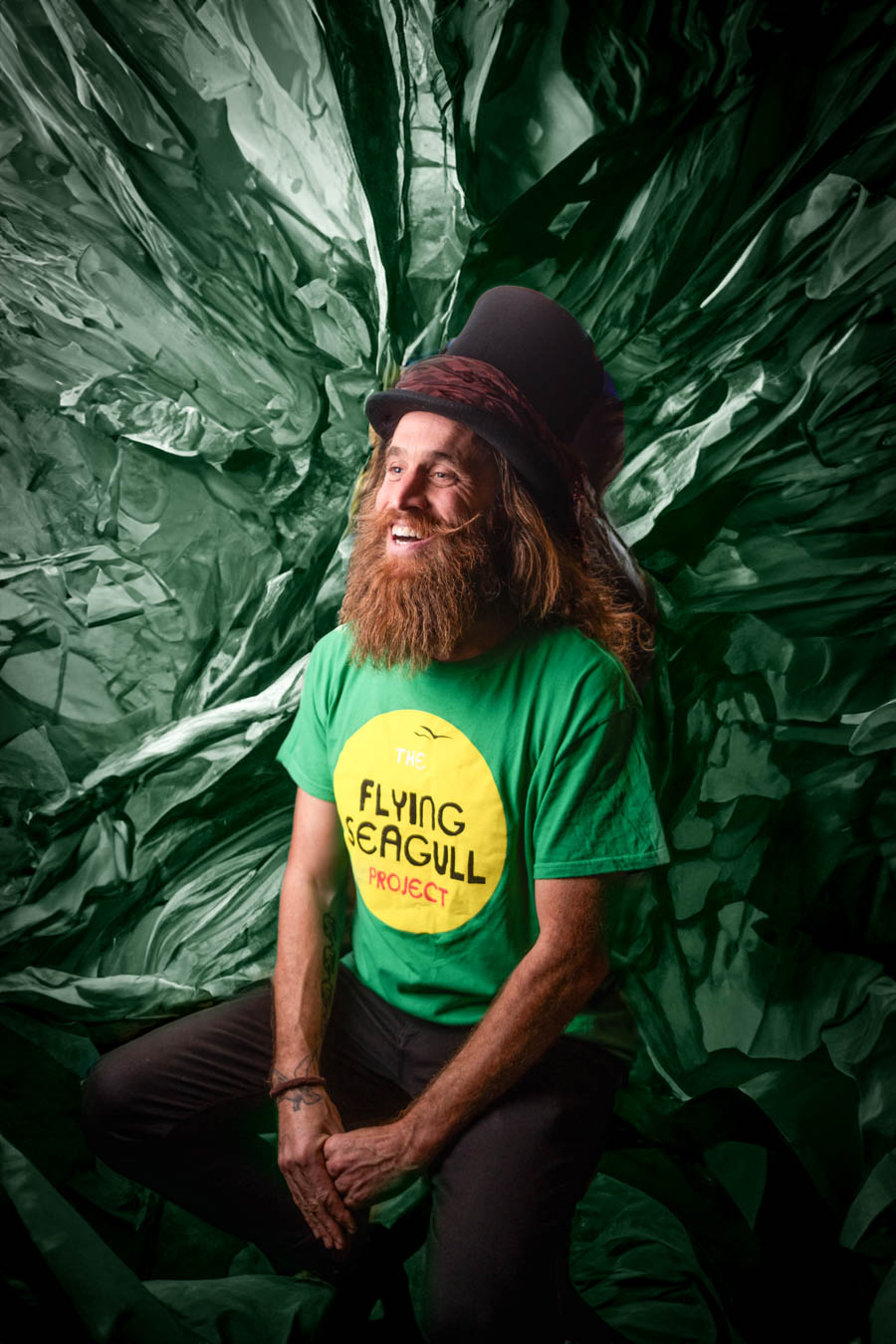
Ash Perrin
Childhood Conservationist
“Play is a rebellious act.”
When Ash Perrin stepped out of the Heathrow Airport, he felt a troubling sensation. “Why is my head cold?,” he wondered, before realizing that he had somehow lost his trademark top hat. Both anachronistic and timeless, the top hat and its inherent contradiction perfectly capture the chaotic energy of Perrin’s Flying Seagull Project, a nonprofit that travels to refugee camps and warzones to engage the children in games and play. For Perrin, the simple act of play is itself a form of healing, as well as defiance. “A rainbow thorn,” he says, “to jam in the foot of aggression and oppression. No matter the situation, an act of pure play is a statement of existence.” And in the face of darkness, it becomes something more. “It’s a rebellion against the notion of hopelessness,” he says. “And we need that right now.” So he and Flying Seagull have traveled to 24 countries and counting. They have been meeting with children facing violence, homelessness and oppression, and trying to give them that hope (and, when they can, protection), forming a circle of play and telling interlopers of all sorts, “Excuse me, this is playtime. You can wait.”
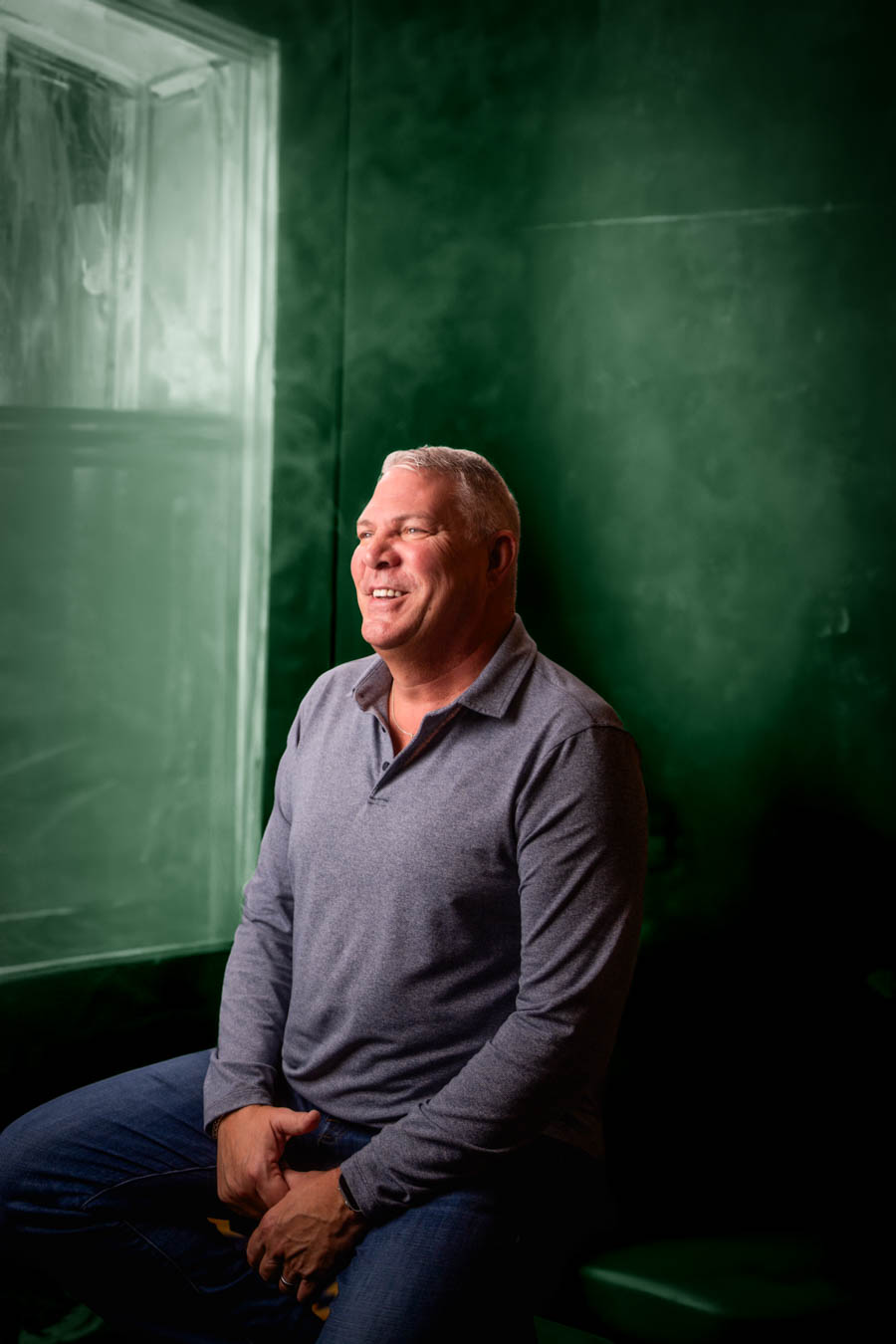
Bob Delaney
PTS Advocate & NBA Cares Ambassador
“Self-care does not mean selfish.”
Bob Delaney is not a small man, nor is he unintimidating. A former New Jersey state trooper, he once spent three years deep undercover, infiltrating the Genovese and Bruno crime families and living the life 24/7 with no vacations. After that, he became a referee in the NBA, where staring down angry athletes probably seemed like child’s play. Now, Delaney wants to talk about your feelings. “Emotions are meant to be felt, yet we do everything we can to hide them,” he says. No longer a ref or an officer of the law, Delaney now spends his days traveling the country and speaking on Post-Traumatic Stress Disorder, which he has both suffered from and become an expert on since his undercover days. Working largely with military, law enforcement and first responders (though the post-pandemic world now sees Delaney addressing healthcare professionals more widely, as well as traumatized communities generally), his message to all of them remains the same: Talk about the trauma. Listen to others talk about theirs. Have the conversation. He compares bottled trauma to an overstuffed balloon. You can pop it, but then you have no balloon. And if you completely let go, it’s out of control. But if you carefully and intentionally let it out in a controlled manner, you get a really uncomfortable sound but you also keep your balloon. “That’s us with trauma,” Delaney says. “If we’re willing to sit and listen to sounds we don’t want to hear, we’ll have a balloon to use another day.”




